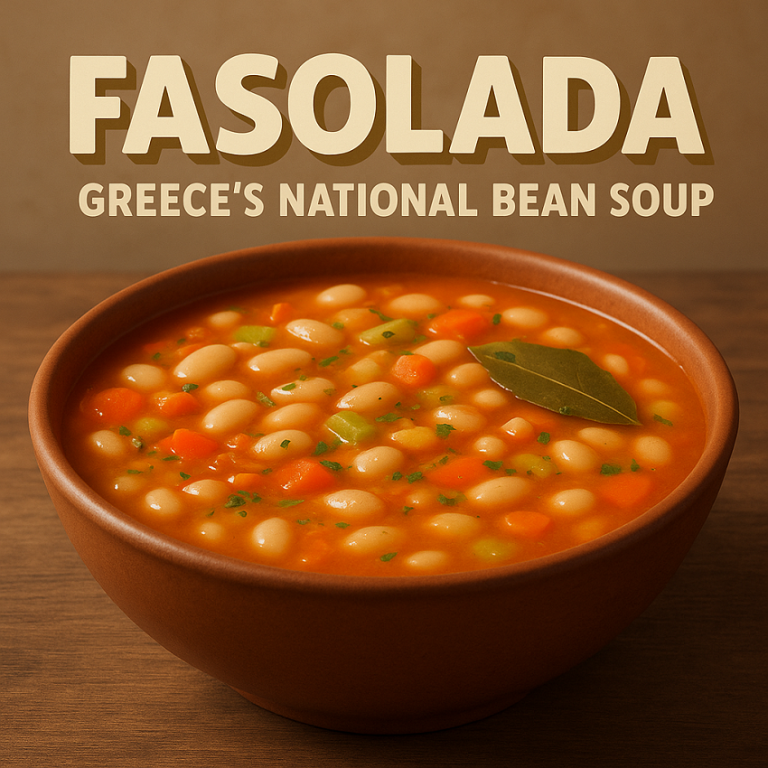
Greek ice creams and sorbets, celebrated for their unique flavors and creamy textures, are a delightful treat enjoyed by many. With a rich history and a blend of traditional and modern techniques, these frozen desserts reflect the vibrant culture and culinary heritage of Greece. This article explores the origins, flavors, and cultural significance of Greek ice creams and sorbets, along with some recipes and serving suggestions.
The Origins of Greek Ice Cream
The art of making ice cream dates back to ancient times, with references to frozen desserts found in Greek mythology. The Greeks would mix snow with honey and fruits, creating a primitive version of ice cream. Historical accounts suggest that Alexander the Great enjoyed snow flavored with honey and nectar during his conquests.
Over the centuries, this tradition evolved, especially during the Byzantine era, when refined techniques were introduced. The introduction of sugar in the medieval period further transformed frozen desserts, leading to the rich, creamy ice creams we enjoy today.
In modern Greece, ice cream production has been influenced by Italian gelato, leading to the creation of rich textures that are now a staple in Greek dessert shops. The rise of artisanal ice cream makers has also contributed to a renaissance in flavor exploration and quality ingredients.
Traditional Flavors
Greek ice creams often feature ingredients that reflect the country’s abundant natural resources. Some traditional flavors include:
1. Masticha
Masticha is a resin from the mastic tree, found on the island of Chios. This unique flavor is aromatic and slightly sweet, with a distinctive taste that transports you to the Mediterranean. Masticha ice cream is particularly popular in summer, refreshing the palate with its herbal notes.
2. Pistachio
Greece is known for its delicious pistachios, particularly from the island of Aegina. The nutty, rich flavor of pistachio ice cream is a must-try and often features bits of crunchy pistachio for added texture. It’s a flavor that captures the essence of the Greek landscape, where nut trees flourish.
3. Feta with Honey
A surprisingly delightful combination, this flavor mixes creamy feta cheese with sweet honey, offering a savory twist on traditional ice cream. The saltiness of the feta balances the sweetness of the honey, creating a complex and unique dessert that stands out in any ice cream shop.
4. Rose Water
Infused with fragrant rose water, this ice cream is light and refreshing, often enjoyed during the warm summer months. Its delicate floral notes evoke memories of Greek gardens, making it a favorite among those seeking a fragrant dessert.
5. Greek Yogurt
Greek yogurt ice cream is another popular choice, known for its tangy flavor and creamy texture. Often combined with fruits like cherries or figs, this flavor is a healthy option that still satisfies sweet cravings while showcasing the country’s love for yogurt.

Sorbets: A Fruitful Alternative
Sorbets, or “sorbetes” in Greek, are a popular choice for those seeking a dairy-free option. Made primarily from fruit puree, water, and sugar, Greek sorbets are vibrant and refreshing. Common flavors include:
1. Watermelon
Perfect for hot days, watermelon sorbet is hydrating and full of natural sweetness. Its light texture and bright color make it an ideal dessert for summer gatherings and picnics.
2. Lemon
Zesty and tangy, lemon sorbet is a classic that cleanses the palate and offers a refreshing burst of flavor. It’s often served as a palate cleanser between courses in fine dining.
3. Bitter Orange
This unique flavor captures the essence of bitter oranges, providing a complex taste profile that is both sweet and tart. Bitter orange sorbet is often enjoyed as a refreshing treat after a rich meal.
4. Strawberry-Basil
Combining fresh strawberries with fragrant basil, this sorbet offers a unique flavor combination that is both sweet and herbal. It’s a perfect example of how Greek sorbet makers are innovating with traditional ingredients.
5. Fig
Fig sorbet, made from ripe, sweet figs, captures the essence of the Mediterranean. It’s a rich, velvety treat that showcases the natural sweetness of this beloved fruit.
The Cultural Significance
Ice cream and sorbets hold a special place in Greek culture. They are often enjoyed during celebrations, family gatherings, and festivals. In recent years, artisanal ice cream shops have sprung up across the country, offering innovative flavors that blend traditional ingredients with modern culinary techniques.
During the summer months, it’s common to see families and friends gathering at local ice cream parlors. These social outings foster a sense of community and connection, making ice cream a cherished part of Greek life. Additionally, ice cream festivals and competitions celebrate local flavors and encourage creativity among ice cream makers.
Making Greek Ice Cream at Home
For those inspired to try their hand at making Greek ice cream or sorbet, here are some simple recipes:
Masticha Ice Cream Recipe
Ingredients:
- 2 cups heavy cream
- 1 cup whole milk
- ¾ cup granulated sugar
- 2 tablespoons masticha powder
- 1 teaspoon vanilla extract
Instructions:
- In a saucepan, heat the milk and sugar until the sugar dissolves.
- Stir in the heavy cream, masticha powder, and vanilla extract.
- Allow the mixture to cool, then churn in an ice cream maker according to the manufacturer’s instructions.
- Freeze for at least 4 hours before serving.
Watermelon Sorbet Recipe
Ingredients:
- 4 cups fresh watermelon, cubed and seeded
- ½ cup sugar (adjust based on sweetness)
- 1 tablespoon lime juice
Instructions:
- Blend the watermelon until smooth.
- Strain the mixture to remove pulp if desired.
- Stir in sugar and lime juice until dissolved.
- Pour into a shallow dish and freeze until firm, scraping every hour for a fluffy texture.
Serving Suggestions
Greek ice creams and sorbets can be enjoyed on their own or paired with various accompaniments. Here are a few ideas:
- Toppings: Drizzle with honey, sprinkle with crushed nuts, or add fresh fruit for extra flavor and texture.
- Serving Style: Serve in traditional waffle cones, bowls, or even alongside Greek pastries like baklava for a delightful dessert spread.
- Cocktail Pairings: Pair sorbets with sparkling wine or prosecco for a refreshing summer cocktail.

Conclusion
Greek ice creams and sorbets are more than just desserts; they are a reflection of the country’s rich history and diverse flavors. Whether indulging in a classic pistachio ice cream or a refreshing lemon sorbet, these treats offer a taste of Greece that is sure to delight. As you explore the world of Greek frozen desserts, you’ll discover a unique blend of tradition and creativity that continues to inspire and satisfy sweet cravings. Embrace the flavors of Greece and enjoy the journey through its delicious frozen delights.



